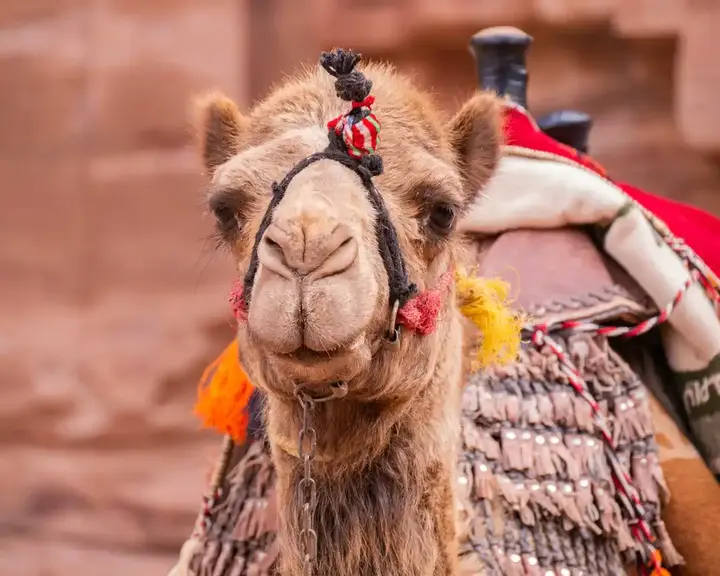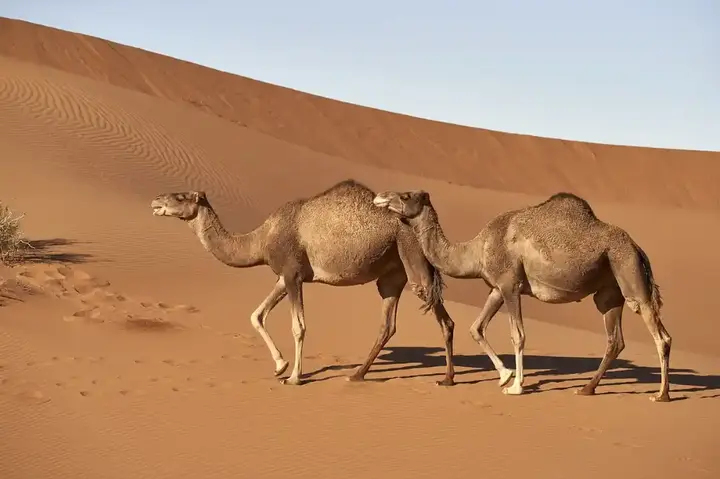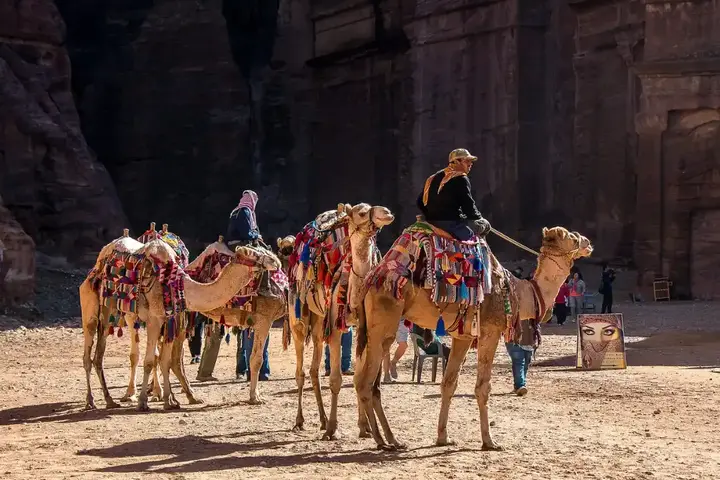The wonders of the camel and its close connection to the culture of the Arabs
The camel holds a special place in Arab culture, revered for its resilience, strength, and significance as a symbol of the desert and nomadic way of life. In this article, we delve into the wonders of the camel and its profound relationship with Arab culture. From its role in transportation and trade to its place in folklore and art, the camel has left an indelible mark on the cultural identity of the Arab world. Join us on a journey through the desert sands as we explore the enduring legacy of the camel in Arab society, shedding light on the deep-rooted traditions and values that have shaped this remarkable bond between man and beast.
Show key points
- The camel is deeply revered in Arab culture, symbolizing resilience, strength, and the traditional nomadic lifestyle.
- Its incredible physical adaptations, such as fat-storing humps and water retention systems, enable the camel to survive extreme desert conditions.
- Camels exhibit unique physiological traits, like recycling exhaled water vapor and filtering seawater, which contribute to their unmatched endurance.
- ADVERTISEMENT
- Known for their exceptional memory, camels can recall water sources and travel routes, making them reliable guides through the desert.
- Camels display complex emotions including jealousy and long-lasting memory of mistreatment, sometimes even seeking revenge.
- Historically, camels were central to Arab economy and life, serving as transportation, food sources, and symbols of wealth.
- Camels hold a significant place in Arab literature, arts, and traditions, honored through poetry, festivals, and culturally rich proverbs.
Water and food storage rooms are one of the wonders of the camel
Recommend

The camel or desert ship as the Arabs call it endures prolonged hunger and thirst, thanks to its wondrous physical composition. The camel hump is a store of fat. The camel burns these fats when they feel hungry, so they turn into food and water that help them travel long in the desert. In the belly of the camel there are two bottle-like bags that store water with them, and he does not lose water from his body easily, as he breathes through the mouth and never gasps even in the heat.
The camel's nose is large and wrinkled and condenses the water vapor inside it so that it does not come out when exhaled, thus being the only animal that regains the water in the air it breathes. It also raises his body temperature so that he does not sweat and lose water, and then secretes sweat to moisturize his body.
The camel's kidney has the ability to rid his body of the salt in the sea water if he had to drink from it. The camel retains urine in his bladder and the blood cells in his body absorb it when thirsty and purified and pushed to the stomach where special bacteria convert it to protein and water Vtdb the feeling of hunger and thirst has.
The power of memory, jealousy and hatred are wonders of beauty

The camel is famous for the power of memory in a very strange way, as it memorizes the places of water and can return to it at any time, even after a long time. The camel has a strange spatial memory and humans rely on it when losing the road in the desert to lead them back to the right path, even in the dark.
It is said that the strength of the camel's memory is one of the reasons for his hatred as he never forgets those who offended him and even returns to revenge after a long time. The camel also memorizes the movements and signals of its owner by heart.
The camel also feels very jealous and does not accept to be seen as a human or animal during mating and feels angry and revenge for himself if someone watches him then. His jealousy may even lead to murder as the owner of the herd does not intervene if another male enters his women.
The connection of the camel to the culture of the Arabs

The relationship of the camel with the inhabitants of the Arabian Peninsula is a special relationship has been an essential party in all daily activities so that there were ancient archaeological inscriptions in which the first Arabs recorded their history and commercial caravans on the back of camels and how they transported goods and water on their backs The first Arabs considered camels as a source of meat and milk and a means of transportation and a companion of the road and made clothes from their dander and their wealth was measured by their beauty.
The camel has had an impact on the literature and arts of the Arabs significantly, as he is an inspiration for poems and poems and the focus of popular proverbs, as well as a hero of stories with his patience, skin and tolerance of hardships. The Arabs also put names that are popular with beauty as well as different names for camels at all ages. A camel festival is held in Saudi Arabia under the name of "King Abdul Aziz Camel Festival" and the festival includes cultural, commercial, sports and economic events and the festival aims to promote and consolidate the heritage of camels as a friend who accompanied the Arabs for thousands of years and became an integral part of their culture.








